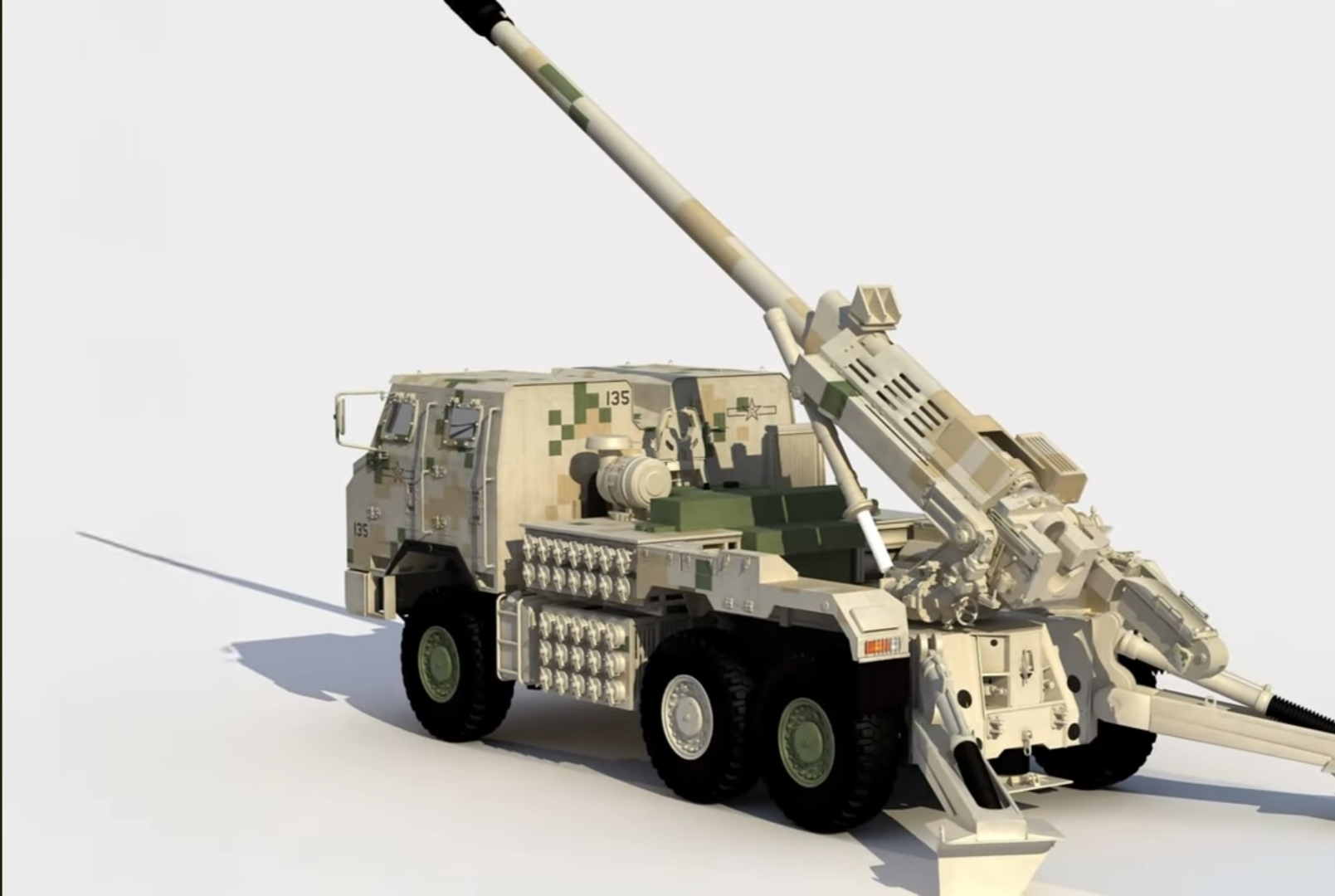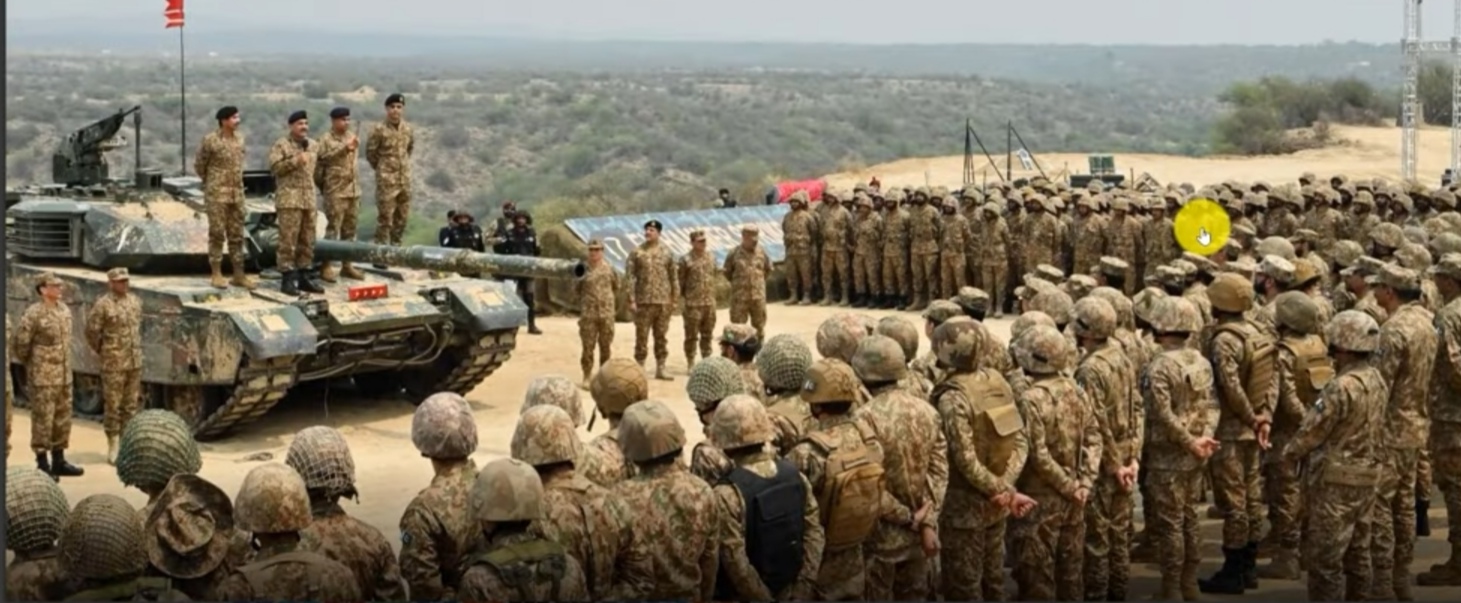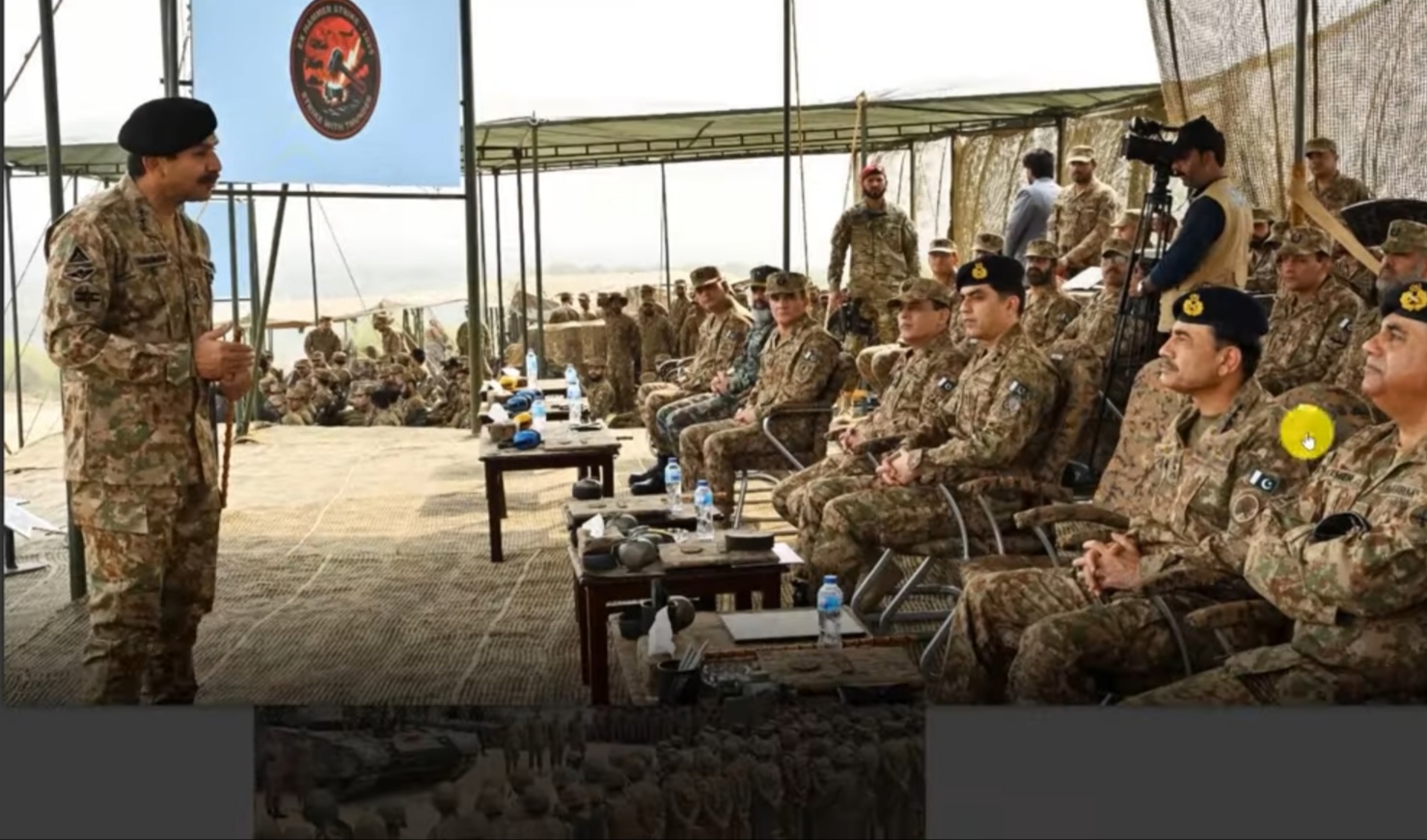In a sharp escalation of military activity, Pakistan has deployed artillery guns, including the powerful M110 self-propelled systems, near the Line of Control (LoC) in Kashmir, heightening fears of renewed conflict with India. This move follows the April 22 terrorist attack in Pahalgam, Indian-administered Kashmir, which claimed the lives of 26 people, most of them Indian tourists .
.
Pakistan’s Military Build-Up Intensifies
Beyond the deployment of M110 artillery, Pakistan continues its military build-up along the Indian border. Recent intelligence reports that Chinese-made howitzers are being inducted into Pakistani artillery regiments. Moreover, Pakistan has conducted live-fire military exercises near forward areas, signaling operational readiness.
This development has added a new layer of complexity to the region’s security dynamics. Analysts believe the induction of Chinese artillery systems—possibly the SH-15 or PLL-09 self-propelled howitzers—represents deeper Sino-Pakistani military cooperation, which may alter the strategic balance in the region.
‘Hammer Strike’ and Other Military Drills Intensify Readiness
On the ground, the Pakistan Army recently concluded a major exercise titled ‘Hammer Strike’ at the Tilla Field Firing Ranges. Overseen by Army Chief General Syed Asim Munir, the exercise involved the Mangla Strike Corps and featured multirole fighter aircraft, long-range precision artillery, combat aviation assets, and advanced engineering support.
In addition to ‘Hammer Strike,’ simultaneous exercises like Fiza-e-Badr, Lalkar-e-Momin, and Zarb-e-Haidari are also underway, involving fighter fleets such as the F-16, J-10, and JF-17, as well as surveillance aircraft like the Saab Erieye.
The ongoing military build-up by Pakistan along the Indian border is quite concerning. The induction of Chinese-made howitzers into their artillery regiments seems to be a significant upgrade. The live-fire exercises near forward areas indicate a high level of operational readiness. This escalation could potentially destabilize the region further. It’s important to consider the implications of such actions on regional security. Do you think this build-up is purely defensive, or could it be a precursor to more aggressive posturing? I’m curious to hear your thoughts on how this might affect the already tense relations between Pakistan and India.